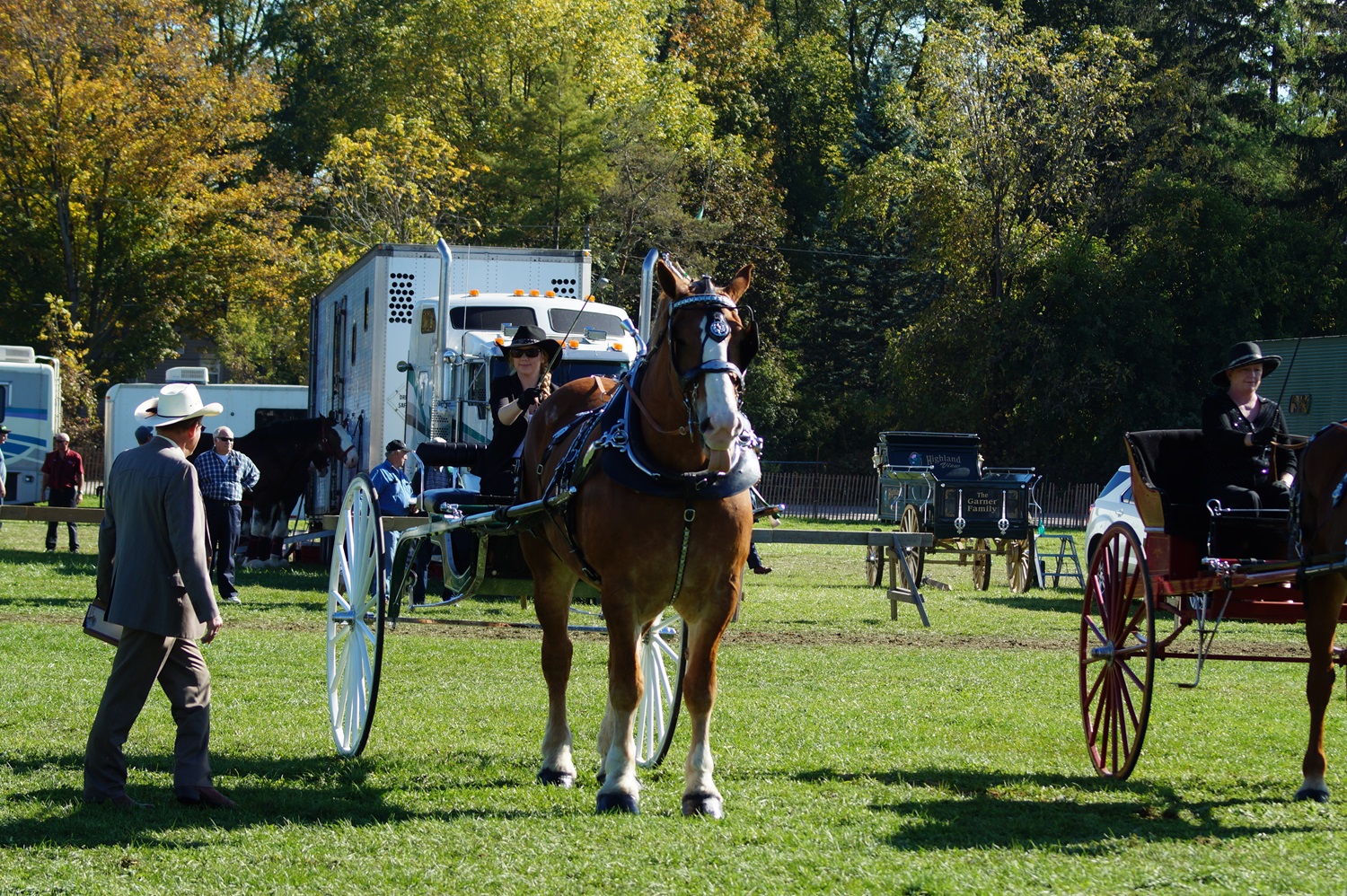OAAS 2024 News – Become a Fair Judge
Here’s how to become a judge at an Ontario fall fair
Local agricultural societies hosting how to become a Fair Judge at judging schools on grains and hay, antiques and woodworking, and flowers and arrangements
Fairs across Ontario need new judges in all categories from quilts, needlework, crafts, baking, canning and woodworking to produce, eggs, honey and maple syrup.
Have you ever thought about becoming a Fair Judge at local fall fairs?
The Ontario Association of Agricultural Societies (OAAS) District 7 is having four judging schools this year. The intent is to encourage people who may not be involved in fairs but are interested in how various categories are judged and want to learn the steps they need to take in order to become a certified OAAS Fair judge.
Our fairs across Ontario are in need of new judges, in all categories from quilts, needlework, crafts, baking, canning, woodworking to produce, eggs, honey and maple syrup.
The District 7 judging schools are taking place at various locations in the province. Each school covers different categories.
- Grains & Hay, hosted by Erin Agricultural Society on April 27
- Antiques & Woodworking, hosted by Fergus Agricultural Society, May 11
- Flowers & Arrangements, hosted by Arthur Agricultural Society, June 22
- Hobbycrafts, TBA this fall
Participants will learn how to judge each of the categories and what they should be looking for by using the judging standards book. This will ensure that judging across Ontario is consistent.
To become a certified OAAS judge you need to attend one judging school in a category that you are interested in and apprentice judge with three different certified OAAS judges at three different fairs.
To participate in these schools, there is a fee that can range from $20 to $30 each.
All are welcome to attend our judging schools. You never know what you might learn.
For more information, please contact Laurie Cadwell, District 7 Judging Contact at district7judgingcontact@gmail.com
by EloraFergusToday Staff

History of Agricultural Fairs
By Guy Scott, OAAS Past President
Fairs are almost as old as recorded history. There were two types of ancient fairs: trade shows and festivals. From the biblical “Fairs of Tyre” to Sturbridge Fair in medieval England, fairs were used as market places and carnivals. In the 1700’s the British crossed the agricultural improvement society with the traditional trade fair/carnival and agricultural fairs were born.
These agricultural fairs were transplanted to the colonies by the earliest British settlers. The concept of fairs soon flourished in agrarian North America. In Canada, the first agricultural society was formed in 1765 in Nova Scotia. Ontario followed suit in 1792 with the Agricultural Society of Upper Canada based at Niagara on the Lake. From the Ontario strongholds, the concept of agricultural fairs spread west with the first settlers.
After a few false starts, the system of agricultural societies and their fairs spread all over Ontario in the 1800’s. They were organized by county and township and at one time numbered over 500 in Ontario alone. While agricultural societies used many methods (of varying success) to improve agriculture and the rural lifestyle, their most enduring and endearing legacy was the agricultural fair. Industrial exhibitions and festivals came and went, but the fairs just carried on. Fairs soon became an ingrained part of Ontario’s (and indeed Canada’s) culture. They still are, in our society.
Fairs have changed since their inception, but they still carry on their mandate of promoting agriculture and the rural lifestyle.
Want to see modern tradition meet the modern world? Attend a fair!
